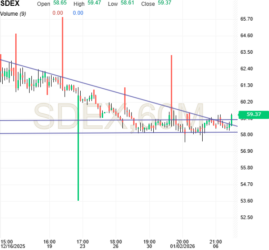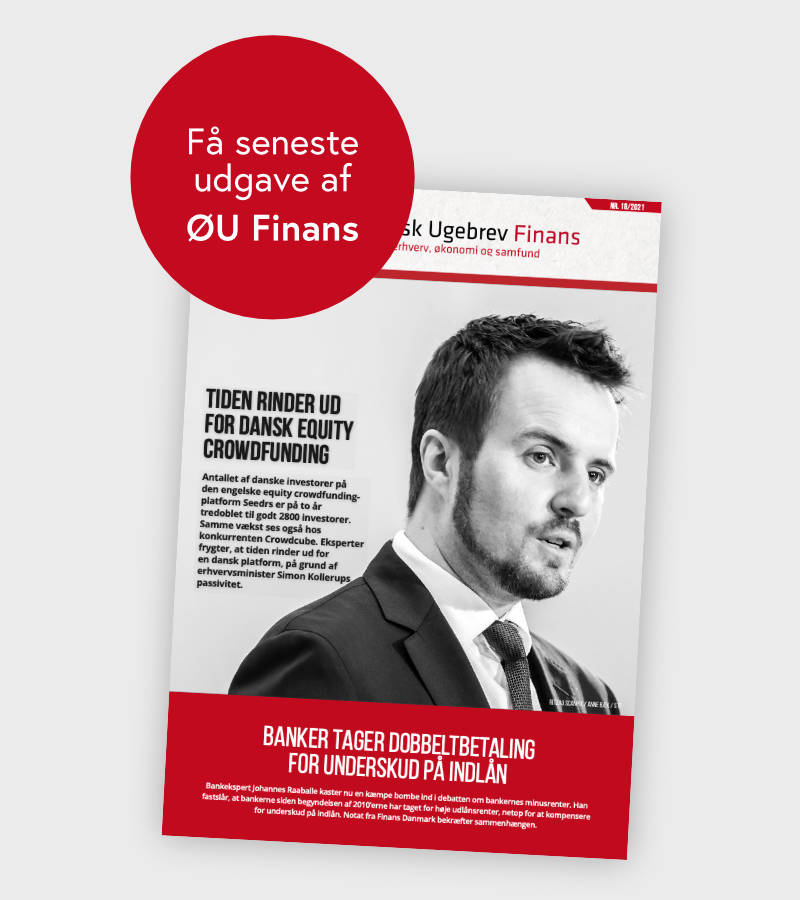Danske Bank: Dansk vækst er mere end Novo Nordisk.: Medicinalindustrien er fortsat den vigtigste vækstmotor i dansk økonomi, men der har også været fremgang på andre områder, og det ser ud til at kunne fortsætte. Forbrugerne har tæret på opsparingen under perioden med høj inflation og er nu tilbageholdende med at omsætte lønstigninger i mere forbrug, men vi forventer, at det kommer. Efter et godt 2023 har der været mere modvind til eksporten uden for medicinalindustrien i år, hvor det globale industriopsving er løbet lidt ud i sandet. Inflationen er meget lav i Danmark sammenlignet med resten af Europa, men nu peger pilen opad for den, både af tekniske årsager og på grund af ganske store lønstigninger. Vi forventer moderate stigninger i huspriserne, men ser risiko for prisfald i de dyreste dele af boligmarkedet, ikke mindst københavnske ejerlejligheder.” Læs hele analysen her.
Natixis: 51 siders analyse med finanshusets inflations Tracker: Inflation is yesterday’s problem. “Downside risks to growth are now greater than the upside risks to inflation. The July Consumer Price Inflation print was soft with both headline and core printing +0.2% on a month-onmonth basis, in line with consensus. Headline advanced 0.155% while core rose 0.165% – both rounding up to the printed 0.2% reading. In year-on-year terms, headline fell to 2.9% from 3.0% in June while core dropped from 3.3% to 3.2%. There are simply no signs of broad inflationary pressure. Core CPI has risen just 1.6% annualized over the past three months – the slowest pace since February of 2021. Core CPI ex shelter has been in outright deflation for the past 3 months and in year-on-year terms has printed below 2.4% in each of the past 12 months. Stripping out the only two mechanically or methodologically lagged components still experiencing inflation – motor vehicle insurance and housing – core CPI has been running below target for 13 months now, sitting at just 0.36% in July. The Fed remains on track to commence its easing cycle in September.” Læs hele analysen her.
Commerzbank: Euro area – inflation flirts with the 2%-
mark. “The main reason for this was a drop in energy prices, while the core inflation rate fell only slightly to 2.8%. Nevertheless, the ECB is likely to use the inflation trend in August as an opportunity to cut interest rates further. However, inflation is likely to rise again by the end of the year – not least due to the persistent upward pressure on prices for services. Inflation rate falls significantly in August, … According to preliminary data from Eurostat, the inflation rate fell to 2.2% in August (from 2.6% in July). Inflation thus met the expectations of the economists surveyed in advance (Table 1). This significant decline is primarily due to lower energy inflation (from 1.2% in July to -3.0). The core inflation rate, excluding the often highly volatile prices of energy and food, fell only slightly to 2.8%, in line with expectations. It therefore remains well above the ECB’s target of 2%. As the previous year’s rate for the important services component remains stubbornly at the 4% mark and even rose to 4.2% in August, this is unlikely to change in the coming months.” Læs hele analysen her.
Merril Lynch: Taking Stock of the Four Horsemen of U.S. Public Sector Finances. “The Four Horsemen of U.S. public sector financing are Demographics, Defense, Decarbonization and Debt. Each horse is mounted and riding high, triggering concerns among some investors of a looming financial apocalypse. We are not as gloomy—the end is not near. However, against a backdrop of unfavorable U.S. demographics, rising geopolitical tensions that necessitates more U.S. defense spending, a hotter planet requiring more capital to decarbonize the world; and mounting debt levels—given the above, we thought it a good time to saddle up and briefly review each horse. (…) Horse Number Four: Debt. Running fiscal deficits in Washington is as American as apple pie. Indeed, thanks to the costs of wars, a global financial crisis, a pandemic, unfunded tax cuts and stimulus programs, the last time the U.S. ran a federal budget surplus was roughly a quarter century ago (2001). (…) As the cost of borrowing has gone up over the past few years, so have net interest payments.” Læs hele analysen her.
Morten W. Langer






